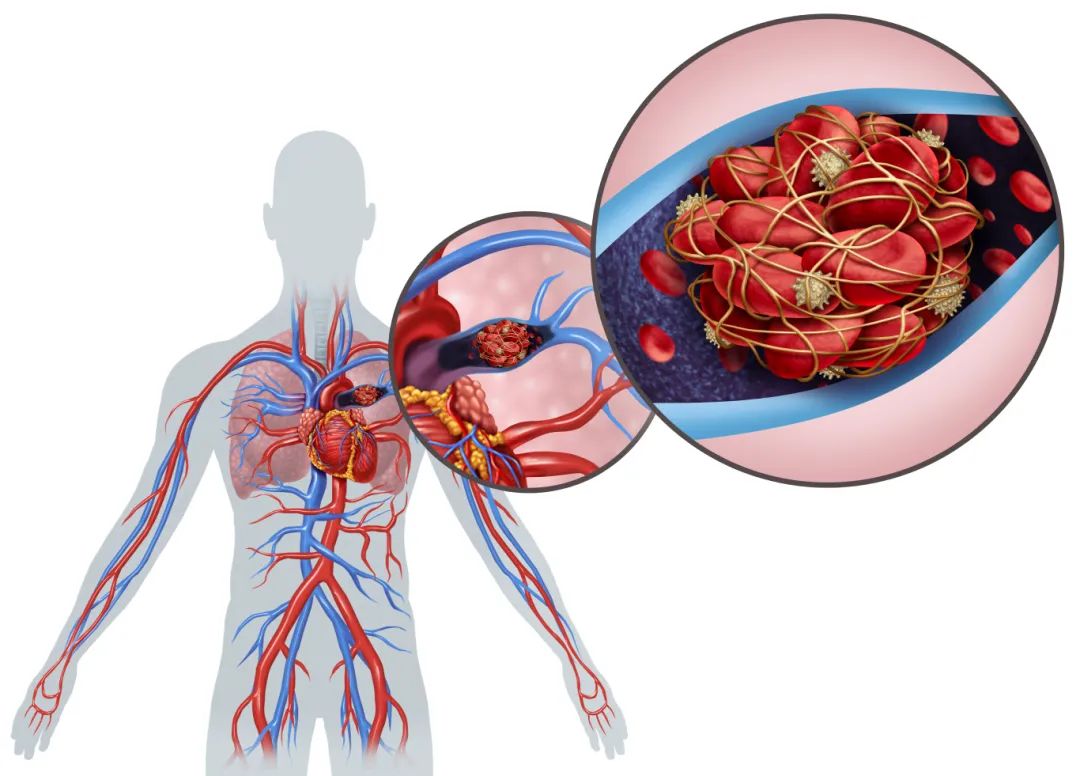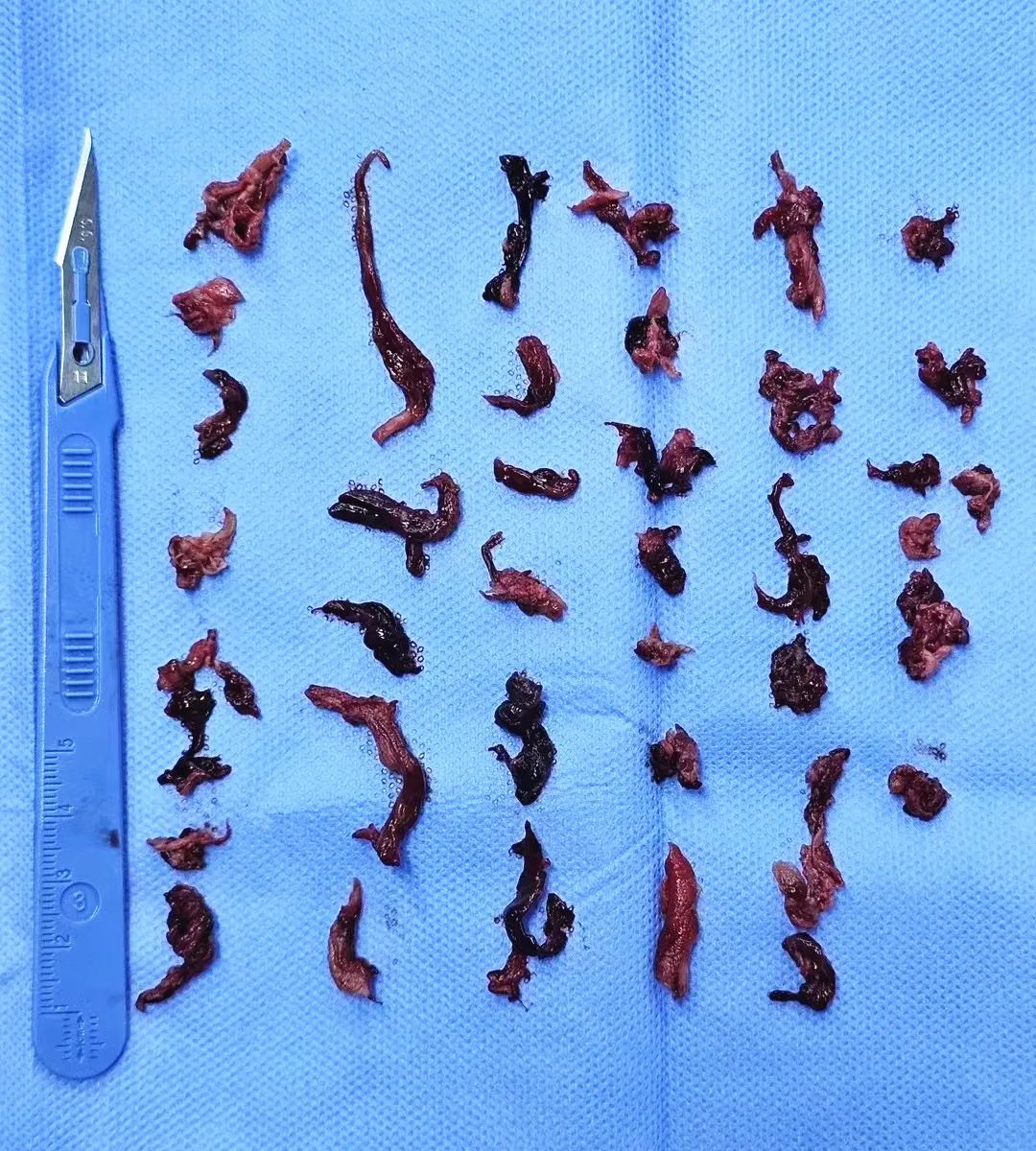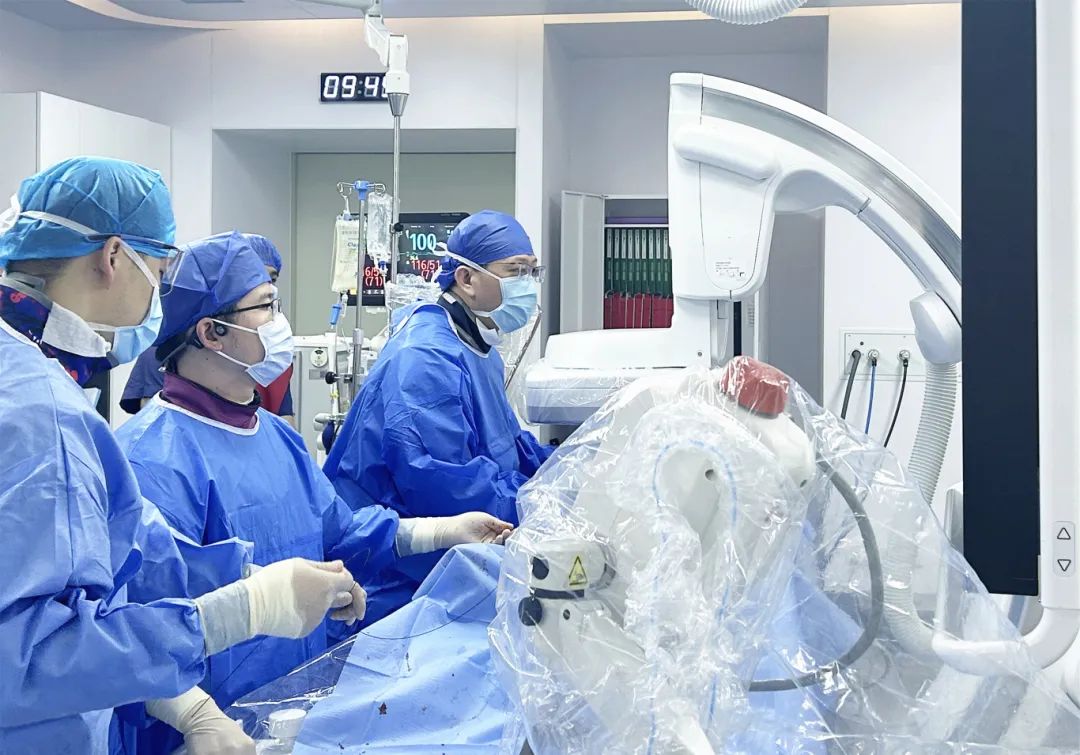Because of the back pain discomfort, 70-year-old Yang grandmother lying at home for a month, hardly get out of bed activities, the results of the more you lie the more uncomfortable, shortness of breath, chest tightness, gradually even sleep can not lie down, fatigue and weakness, an activity on the sweating, the state of mind began to agitation.
Family members rushed the old woman to the local hospital, initially considered a pulmonary embolism, as the old man's condition deteriorated, that night was urgently transferred to the Xiamen University Affiliated Cardiovascular Disease Hospital (Xiamen Heart) emergency.
After emergency angiography, Grandma Yang's bilateral pulmonary artery trunks, lobes and segmental branches were thrombosed, and she was diagnosed with acute pulmonary artery embolism.

“It is an insidious disease that is easily missed and misdiagnosed and has a high mortality rate. Patients lying down for a long time, the blood in the leg veins is easy to stagnate, coagulation and the formation of blood clots. Get up and move, the thrombus by the leg muscle extrusion, is likely to fall off 'running around', with the blood to reach the pulmonary artery, easy to block the blood vessels to form a pulmonary embolism, causing respiratory difficulties.” Xiamen cardiovascular surgery director Zhuang Hui introduced, “acute pulmonary embolism is very dangerous, if not treated in time will lead to acute right heart failure, or even sudden death, mortality rate of up to 10%. Grandma Yang was admitted to the hospital although the vital signs indicators do not look serious, but in fact has been latent crisis.”
The Cardiovascular Surgery Department of Xiamen quickly organized the surgery for him. Due to his critical condition, it was decided to perform minimally invasive pulmonary artery thrombectomy with artificial heart-lung (ECMO) support for the old man after evaluation. The use of ECMO was specially adjusted during the operation, which saved the patient's medical cost significantly. After more than one hour, Director Zhuang Hui extracted a large number of old and new thrombi from the patient's pulmonary artery, the operation was successfully completed, and the ECMO was successfully withdrawn at the same time, so Grandma Yang could finally breathe freely.

Intraoperative minimally invasive removal of a pulmonary artery thrombus
Acute pulmonary embolism without standardized diagnosis and treatment is easy to become chronic thrombotic pulmonary hypertension, affecting normal life and even death. As a sub-center of the National Clinical Medical Research Center for Cardiovascular Diseases, Xaxin has been following the international advanced treatment technology and concepts of pulmonary embolism, and has rich experience in the treatment of acute and chronic pulmonary embolism, and has completed the treatment of critical pulmonary embolism under the support of artificial heart and lung (ECMO) for many times, and also participated in the research and development of the innovative devices for pulmonary artery thrombus extraction, which has accumulated rich clinical experience.

Zhuang Hui emphasized that we should develop good habits, avoid sitting for a long time, sit for a period of time should get up and move around, promote blood circulation in the limbs, drink more water, reduce blood viscosity. Long-term bedridden patients and the elderly should pay attention to massage and activity of the lower limbs or the use of compression stockings to prevent thrombosis. If there is sudden and obvious chest tightness, shortness of breath, panic, palpitations, dizziness, etc. after sitting or lying down for a long time, you should seek medical advice promptly.
医生介绍
Zhuang Hui
He specializes in endoluminal individualized and customized treatment of aortic diseases, endoluminal treatment of lower extremity arteries, surgical treatment of peripheral atherosclerotic occlusive disease and diabetic foot disease, comprehensive treatment of varicose veins of the lower extremities, endoluminal treatment of pelvic stasis and individualized treatment of vascular malformations.


